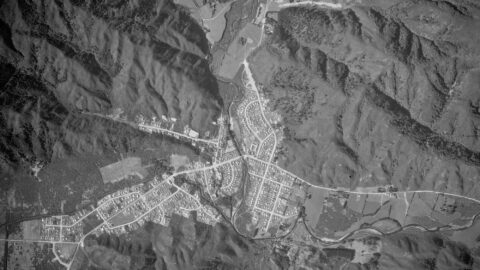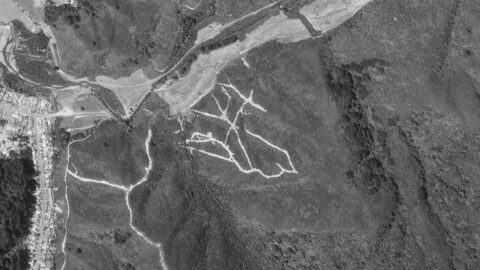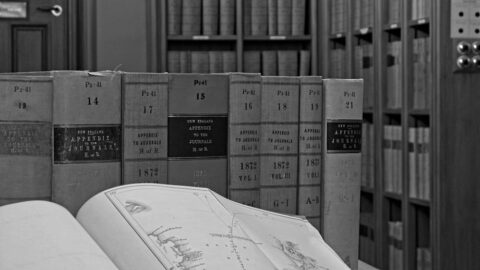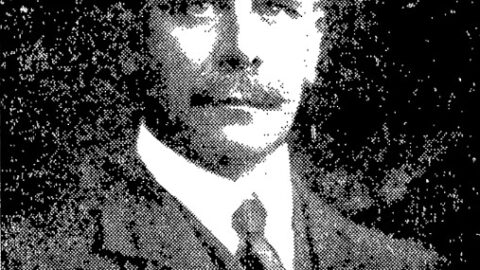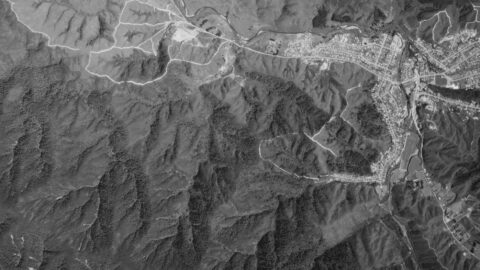Trial of a Locomotive Engine
The Railway yard was the object of much attention on Saturday afternoon, when a successful trial was made of the first engine built in Tasmania upon what is termed true locomotive principles. There was a goodly number of spectators around the yard and at the crossing, and amongst those present in the yard were the Hon W. Moore (Colonial Secretary), Mr J. Fincham (Engineer-in-Chief), Mr C. H. Grant (manager T.M.L.R.), Mr W. Cundy (superintendent locomotive department T.M.L.R.) The engine was constructed at the engineering establishment of Mr John Clark, New Wharf, for an enterprising firm at Wellington, N.Z., and is six and a half tons weight, and has outside cylinders. The pistons are made on the Ramsbottom principle, having three rings in each. The wheels are 24½ in diameter; the tires being of the best cast steel. The axles are of forged scrap iron, well hardened. The link motion is made of Lowmoor iron, and thoroughly case-hardened. The frame plates are of wrought iron ½ in thick and 16 in. broad between the axles. The boiler, including the fire-box, measures 9ft 6in; the outside shell is composed of best plates ⅜ in. thick, the tube plates are ½ in. thick, and fitted with solid drawn tubes 1½in. diameter. The dome is of best wrought iron, and riveted to boiler. The tank, which is of wrought iron, is capable of holding about 175 gallons. The engine is fitted with a pump, and also with one of Bailey’s patent injectors. The connecting rods are fitted with phosphor bronze metal bearings. The glands and other working parts are fitted with the best gunmetal brass. The engine has all the necessary connections, coal bunkers, sand-boxes, brake, team-blower, blow-off cocks, and the usual fittings necessary to make it in every way complete. The design is neat. The engine was driven by one of the drivers employed by the T.M.L.R. The trial commenced at 1.30 p.m., and continued until about 5 p.m., during which time the engine was driven at various speeds over the points and crossings, and trials were made with four passenger carriages and one loaded truck attached, weighing altogether about 25 tons. This train was taken upon a double curve on several occasions, and the engine stopped and reversed, with 100lb per square inch of steam. The valve gear was in the first notch, at which the engine started this train with comparative ease, the driver remarking that he could take a train double the weight if required. Although this is the first engine publicly tried, it is the third constructed by Mr John Clark. At the conclusion of these trials the engine and its running gear were thoroughly examined, and found perfectly free from any defects, heating, or cutting whatsoever, thereby proving the good character of the materials and workmanship. Too much praise cannot be given for the enterprising manner in which this work has been carried out. This being the first piece of steam machinery of any importance manufactured in Tasmania for export, it is hoped that it will prove the forerunner of other orders for work of a similar description. A photograph has been taken by Mr H. H. Baily, of Liverpool-street, of the engine, which will be on view at the Railway yard during this week.
Tags: Logging Newspaper Tramways Waterworks
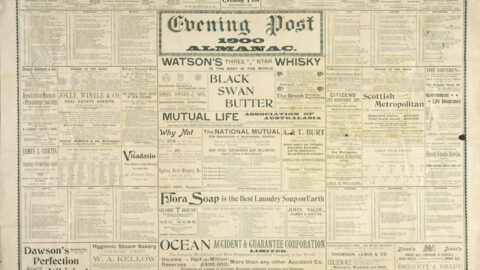
![By Department of Conservation - [New Zealand Department of Conservation www.doc.govt.nz], CC BY-SA 4.0, https://commons.wikimedia.org/w/index.php?curid=47509285](https://wainuiomata.net/wp-content/uploads/2025/05/Dactylanthus_taylorii_in_flower-e1747717390161-480x270.jpg)
